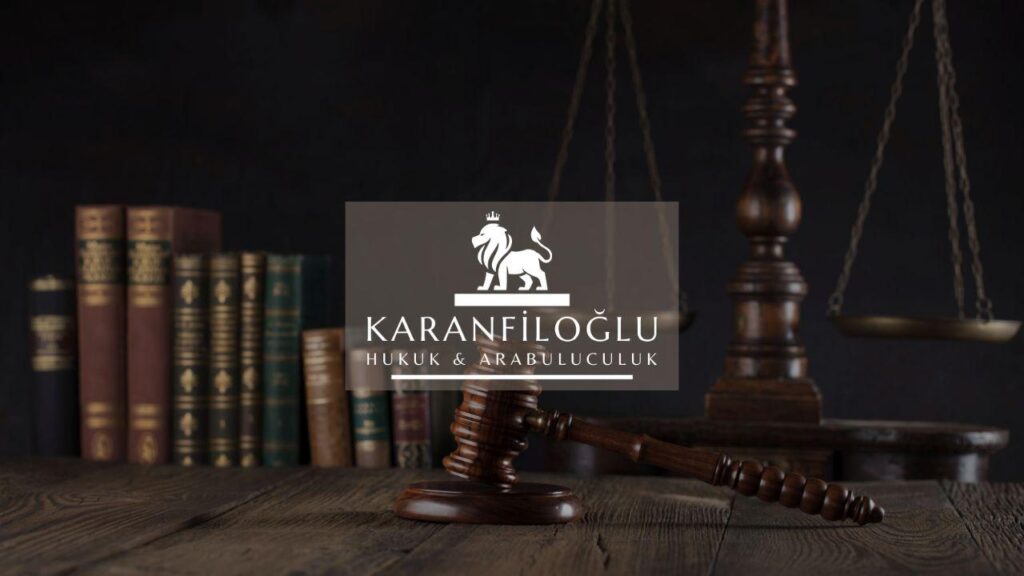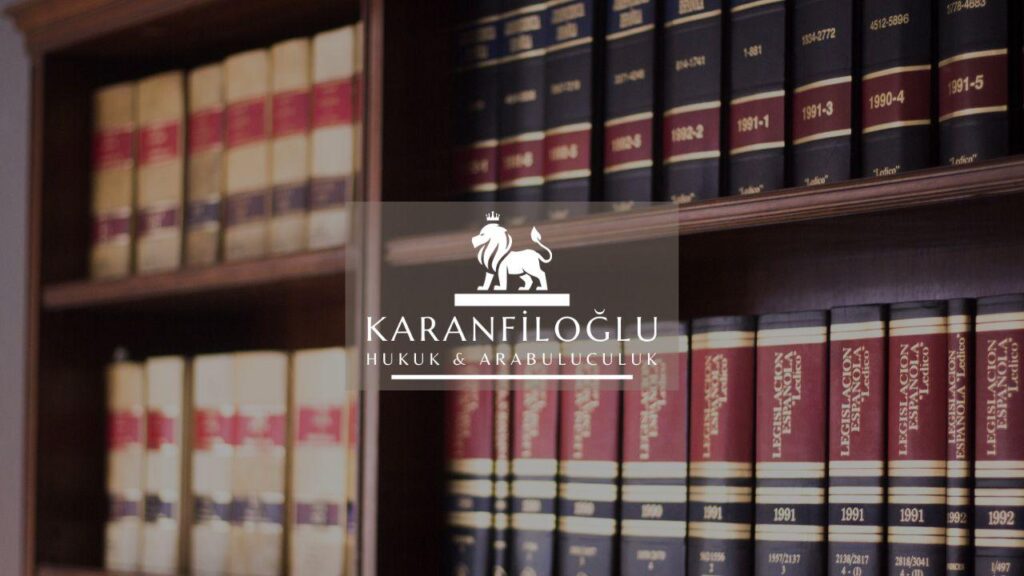Urban transformation sounds like turning a city inside out, doesn’t it? While it presents new horizons, legal procedures govern it closely. Without understanding these legal procedures in urban transformation, diving into a project can feel like wandering a maze blindfolded. You’d think taking a wrong turn isn’t a big deal until it costs you valuable time and resources. Urban planning laws and urban development regulations steer these changes. Knowing them is like having a reliable GPS for your journey. Property rights transformation often adds layers to this intricate puzzle called urban law process. But worry not—dissecting these components ensures the process flows much like a well-rehearsed symphony. For those stepping into the urban landscape or developers seeking a robust foundation, understanding the legal procedures in urban transformation is non-negotiable. Embrace these guidelines—they might just be the guardrails you need to avoid costly pitfalls.
Navigating Zoning Regulations and Compliance
Zoning regulations form the backbone of urban transformation, dictating how land can be used and what can be built where. Picture the chaos if builders constructed skyscrapers in quiet suburbs or factories by schools—zoning laws prevent such mismatches. Yet, these urban planning laws can often seem like an ever-expanding web, baffling those unprepared. Compliance isn’t just about ticking boxes; it’s the key to keeping projects on track and avoiding hefty fines. In this urban law process, understanding how zoning intertwines with urban development regulations is crucial. It’s like playing chess where each move needs foresight. Navigating this legal maze, especially focusing on property rights transformation, ensures your urban project stays upright, respecting community guidelines and maximizing potential. So, think of these rules as your building blocks to a successful transformation, not obstacles. Dive in, know them by heart, and create seamlessly within those blueprints.
In the chaotic dance of urban transformation, zoning regulations take center stage. They might seem tangled, but they’re the handshake between law and creativity. Imagine crafting a masterpiece, only to overlook the frame—compliance is that frame, essential for the portrait. Urban planning laws serve as your compass, steering through the storm of paperwork and legalese. Ever found yourself lost? That’s what skipping over urban development regulations feels like. They’re not traps but maps guiding your way. And then, property rights transformation throws its hat into the ring. It’s another layer but knowing its moves can save you from a legal labyrinth. Understanding this urban law process is about foresight—much like grabbing an umbrella when clouds gather. Embrace these rules; treat them not as foes but allies. With them, your urban project not only stands firm but shines, anchored in law and driven by vision.
Without mastering zoning regulations, you’re like a ship without a compass in urban transformation. These rules are the unsung heroes, stitching together the fabric of our cities. Ever tried building a sandcastle on a shifting shore? Without the solid ground of compliance, urban projects face the same fate. Urban planning laws and urban development regulations are your go-to tools. They ensure each stone you stack stands firm, layering purpose over chaos. Delve into property rights transformation, and you’ll find its complexity doubles as a safety net, shielding projects from future legal tremors. Mastering this urban law process isn’t just smart—it’s essential. Like a seasoned conductor guiding a symphony, you must harmonize legal procedures and visionary plans. When urban transformation respects these laws, projects don’t just survive; they thrive, becoming landmarks of innovation and legality.
The Role of Stakeholders in Urban Redevelopment
In urban transformation, stakeholders are like key players in a grand orchestra, each with their vital part to play. From local government officials to private investors, their role is pivotal in navigating legal procedures in urban transformation. Urban planning laws often morph into a chess game where strategic moves hinge on stakeholders’ input. Their influence shapes the urban development regulations that set the entire urban law process into motion. Community representatives and developers alike must harmonize property rights transformation, ensuring all voices find their rhythm in this complex symphony. When stakeholders collaborate, blending their unique perspectives, they not only safeguard their interests but also craft sustainable frameworks that drive successful projects. It’s this alliance that acts as the backbone of urban redevelopment, turning challenges into opportunities and confusion into clarity. So, just as every note matters in music, every stakeholder matters in this urban makeover journey.
Think of stakeholders as the heart and soul within the vast landscape of urban redevelopment. For successful legal procedures in urban transformation, their collective vision is indispensable. Elected officials often serve as maestros in this symphony, crafting urban planning laws that either propel a project’s success or create stumbling blocks. Meanwhile, urban developers are the seasoned players, navigating the labyrinth of urban development regulations with precision. Their expertise meshes with community voices, which champion property rights transformation. It’s a delicate balance—harmony of interests ensures that the urban law process is both smooth and robust. When stakeholders work in concert, a unified chorus of progress emerges. They turn legislative barbs into stepping stones and lay the groundwork for vibrant, living neighborhoods that resonate with every resident. It’s this meticulous collaboration that defines the future of urban spaces, making transformation a song everyone is ready to sing.
Delving deeper, each stakeholder in urban redevelopment assumes a critical role akin to crucial instruments in an orchestra, crafting the city’s evolution. Urban planning laws, often a conundrum, are decoded by developers who decode strategies like seasoned puzzle solvers. They ensure that urban development regulations align with the shared vision of urban renewal. Property rights transformation is another dance that stakeholders must navigate seamlessly, ensuring that personal and community interests intertwine harmoniously. The urban law process becomes a finely tuned instrument, orchestrated by these stakeholders who persistently refine the symphony of urban transformation. They strike a chord of innovation and tradition, shaping urban spaces that mirror community aspirations. Thus, in urban redevelopment, striking the right note requires each stakeholder to not only pursue their own destiny but also weave together a future harmonious and inclusive for all.
Evaluating Legal Risks and Mitigation Strategies
Navigating through urban transformation requires a keen understanding of legal risks. Ignoring them is like building a house on shaky ground. Urban planning laws can be complex, making evaluation of these legal risks the cornerstone of any project. Exploring urban development regulations ahead of time aids in identifying potential legal hurdles early on. Property rights transformation, too, warrants acute attention; overlooking it might unravel the urban law process. Rest assured, there are strategies to mitigate these risks. Taking proactive steps can fortify your position. Conduct thorough risk assessments and stay informed about ever-evolving laws in urban transformation. Smart strategies are your shelter from regulatory storms, safeguarding against unforeseen complications. It’s akin to wearing a seatbelt in a fast-moving car—you might never need it, but its presence gives confidence. With these efforts, you’re not just building cities, but crafting urban legacies with legal finesse.
Understanding legal procedures in urban transformation is pivotal to handle the labyrinth of urban planning laws. It’s like laying strong foundations before erecting a skyscraper. Evaluating potential legal risks means scanning the urban horizon for storm clouds. For developers, urban development regulations are akin to a compass guiding the ship amidst turbulent waters. Property rights transformation often lurks as an iceberg, unseen until it’s almost too late. Familiarizing oneself with the urban law process and adopting savvy mitigation strategies can act as a lifejacket. Craft legal contracts carefully, ensuring crystal-clear property boundaries. Engage with expert legal counsel to keep abreast of regulatory shifts, thus navigating changes in urban transformation laws with finesse. Embrace these precautions—they’re your peace of mind. Mitigation strategies don’t eliminate obstacles, but they simplify the urban map. So gear up, harness knowledge, and shore up your projects against the whirlpool of legal challenges.
Delving into the legal procedures in urban transformation demands a strategic approach. The intricacies of urban planning laws are like a layered cake; each tier requires meticulous attention. Begin with thorough assessments—identifying the cracks before they widen. Urban development regulations often shift and sway like tides, necessitating constant vigilance. Property rights transformation stands as a formidable puzzle, where each piece must fit flawlessly to complete the picture. An adept understanding of the urban law process fortifies your project against stormy seas. Crafting savvy contracts not only clarifies boundaries but also builds trust with stakeholders. Engage with legal experts who bring a wealth of experience to navigate the complexities. The compass lies in proactive risk evaluation and sound mitigation strategies. This vigilance becomes your lighthouse, guiding your urban ventures safely ashore, where projects can flourish without fear of legal wreckage. Be prepared, stay informed, and transform with confidence.
Disclaimer: This article is for general informational purposes only and you are strongly advised to consult a legal professional to evaluate your personal situation. No liability is accepted that may arise from the use of the information in this article.







